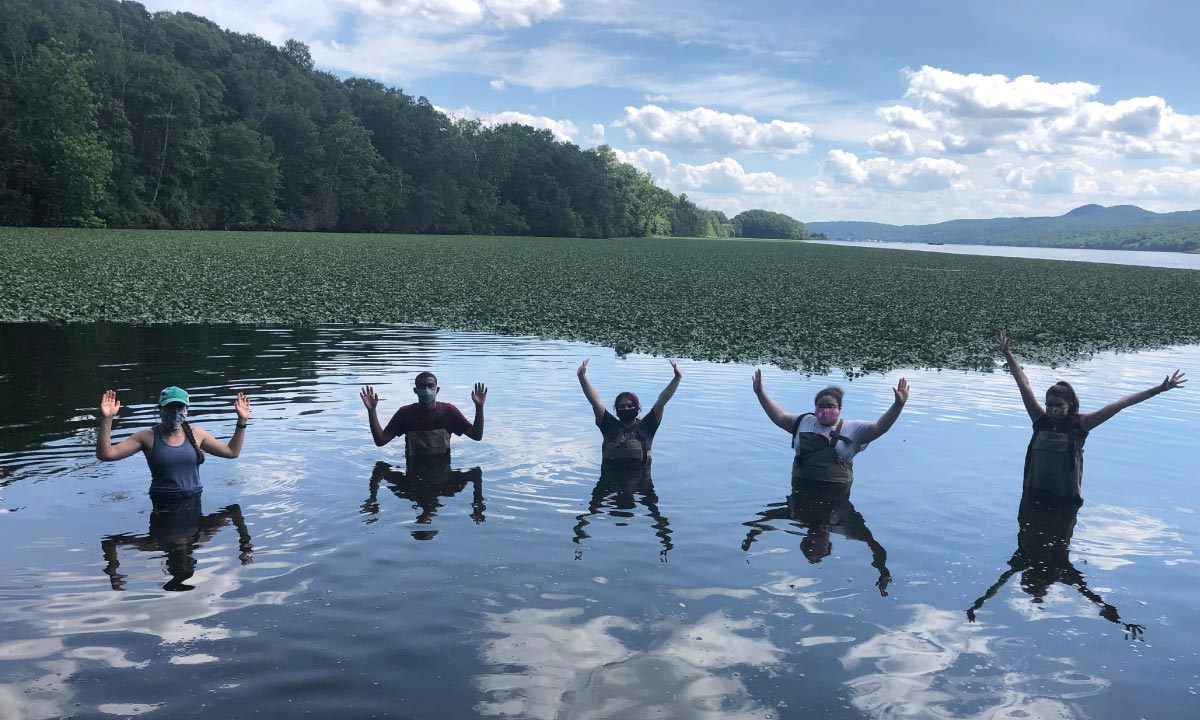Each year as many as 90,000 students visit the 29 National Estuarine Research Reserves on field trips, summer camps, and other educational programs. But this year has been different. To continue giving children the environmental education experience, reserve staff got creative, developing robust virtual educational programs and activities for children, teachers, and the homeschooling parents.
California’s Elkhorn Slough Reserve, for instance, posts “walk-abouts" to take children on virtual trail tours to introduce them to wildlife and plants. Students can also use the web cameras to participate in this reserve’s sea otter monitoring program.

Students learn about snakes in the “Herping with Dave” episode of the Virtual Walkabout with Elkhorn Slough Reserve.
Along Florida’s Gulf of Mexico coast, the Rookery Bay Reserve provides a suite of virtual family activities to encourage families to dive into estuarine topics such as water quality, sharks, conservation, and more.
Several reserves host a weekly Facebook Live showing for students to learn about life in the estuary and ask questions of the staff. California’s Tijuana River Reserve, for example, hosts “Lunch Time Live” each Tuesday to discuss life in the estuary. And staff from New York’s Hudson River Reserve wade into the river to discuss the importance of the wildlife and plants they discover through their “Virtual River” series. Several reserves provide these videos through YouTube channels for easier access.
Research reserves provide virtual resources for eager learners. Each approach is unique to that research reserve. Visit the National Estuarine Research Reserve Estuary Education website to access these virtual resources for students and teachers.
 An official website of the United States government.
An official website of the United States government.



Social